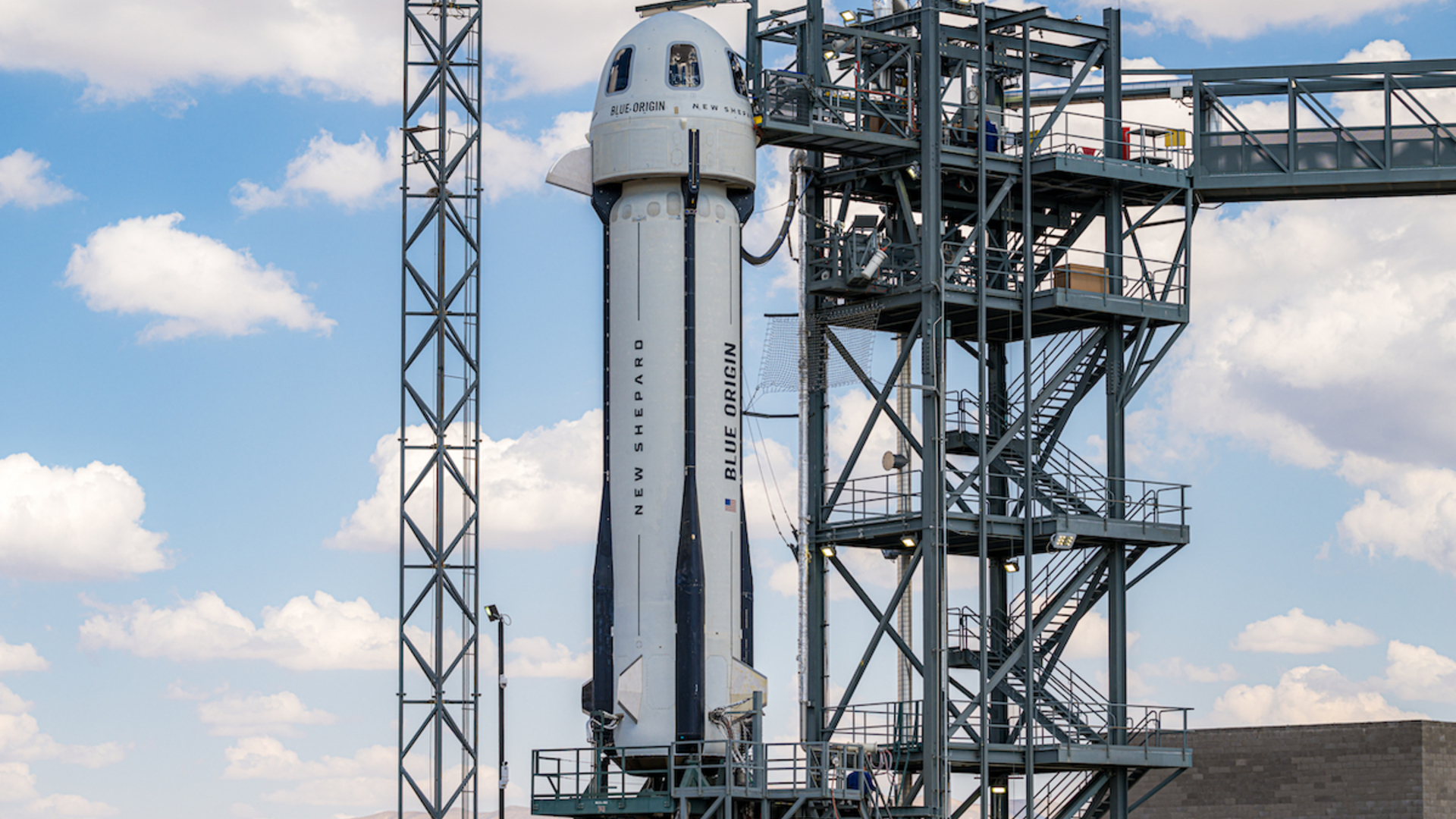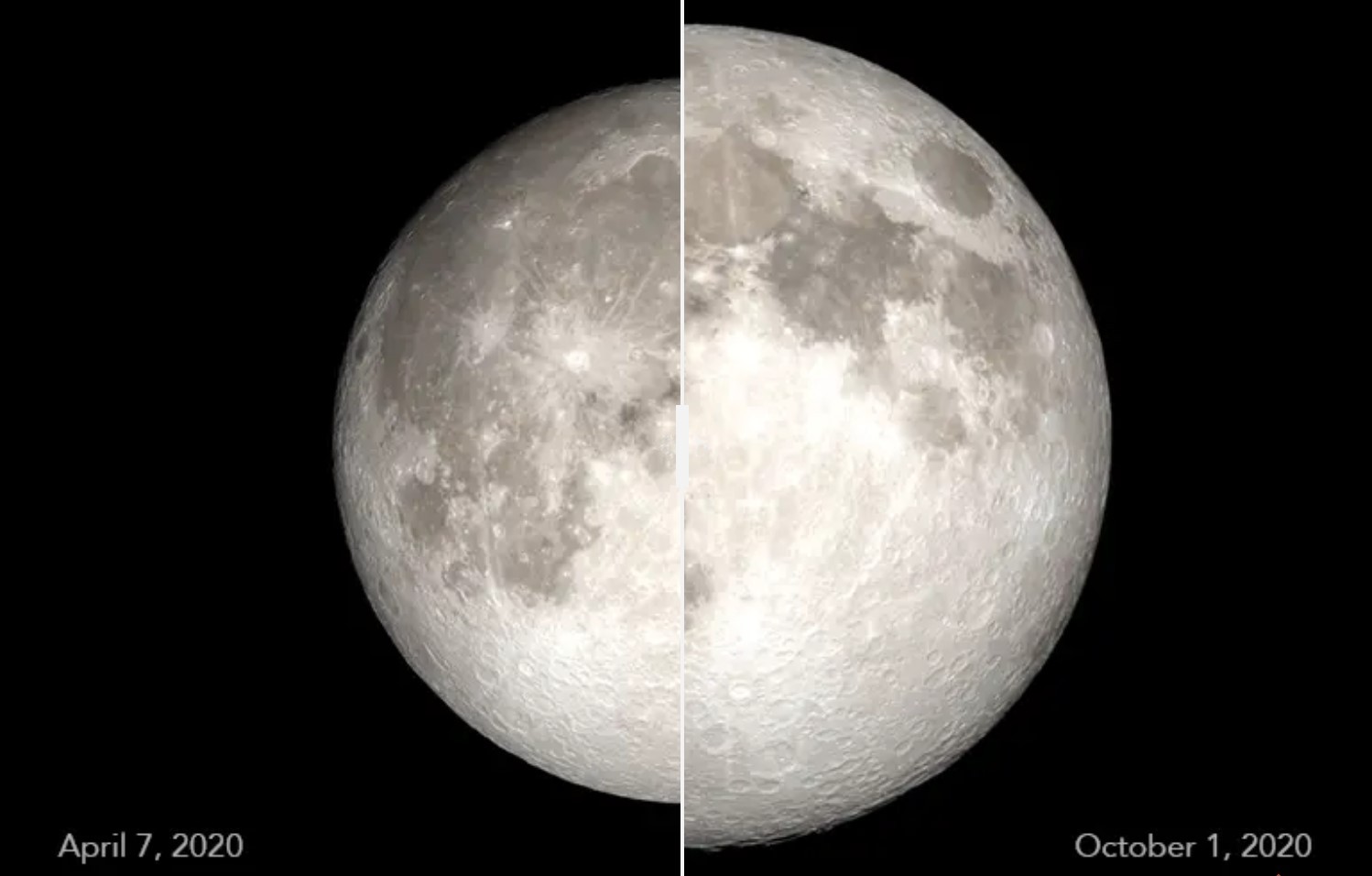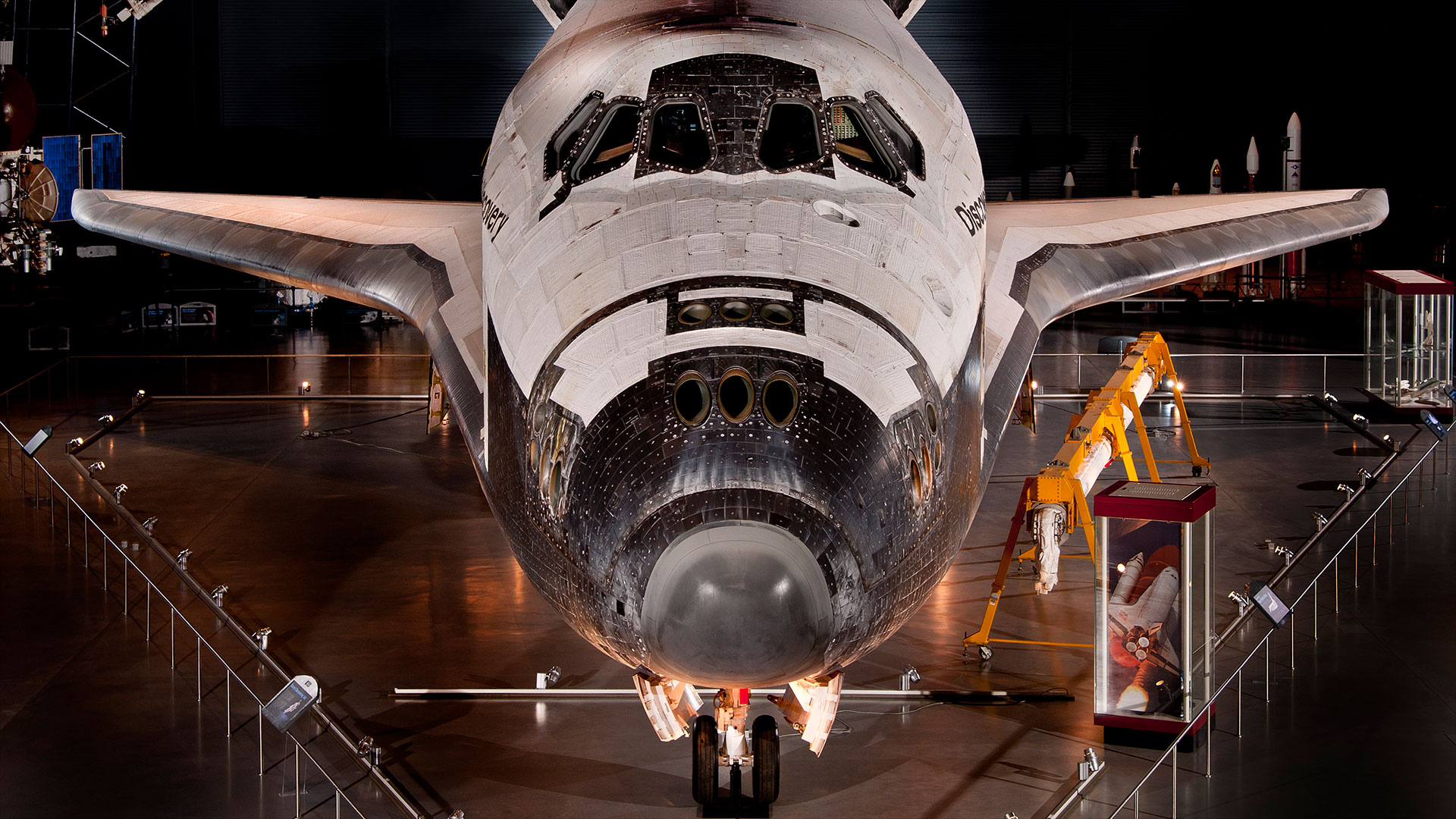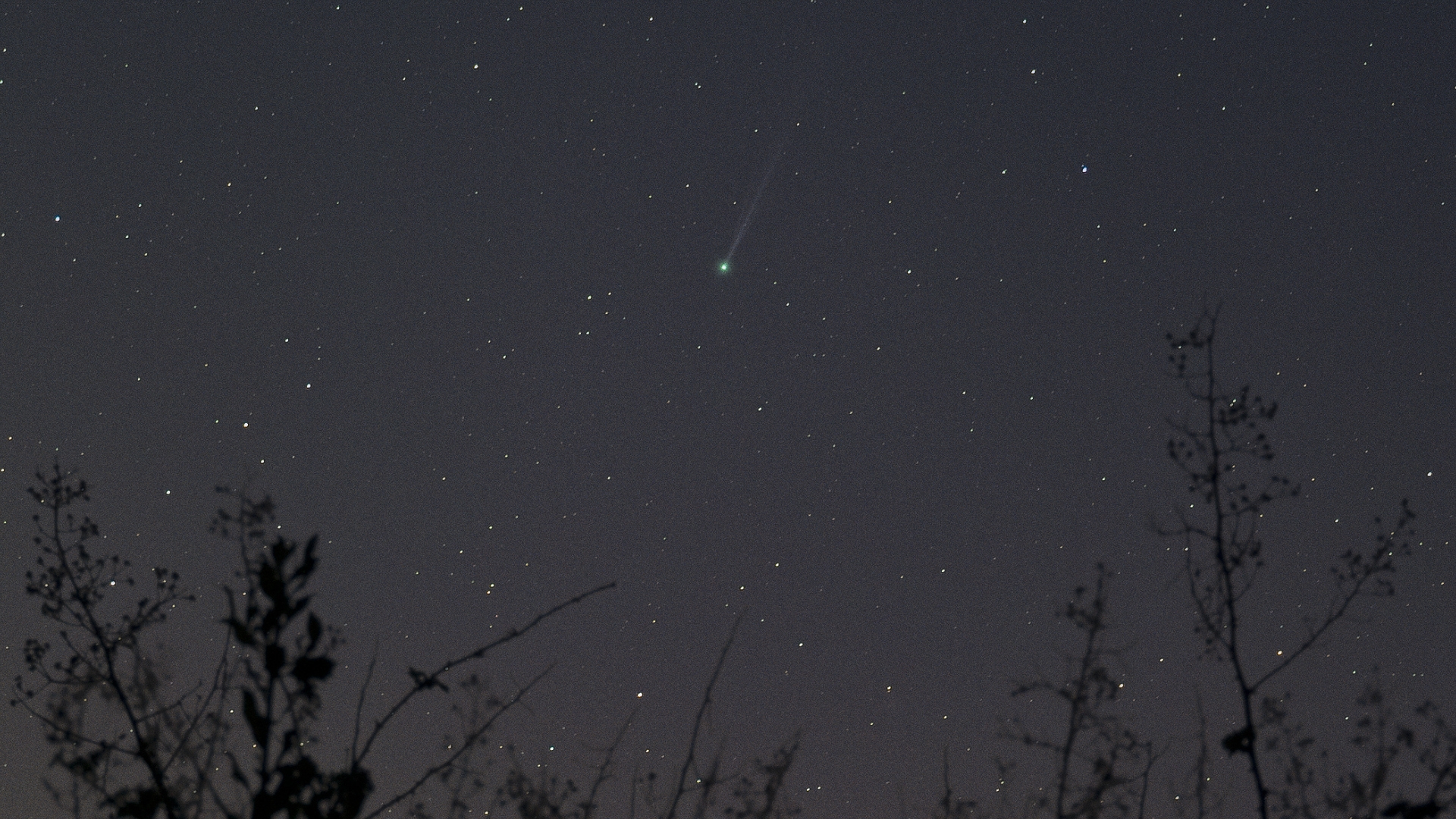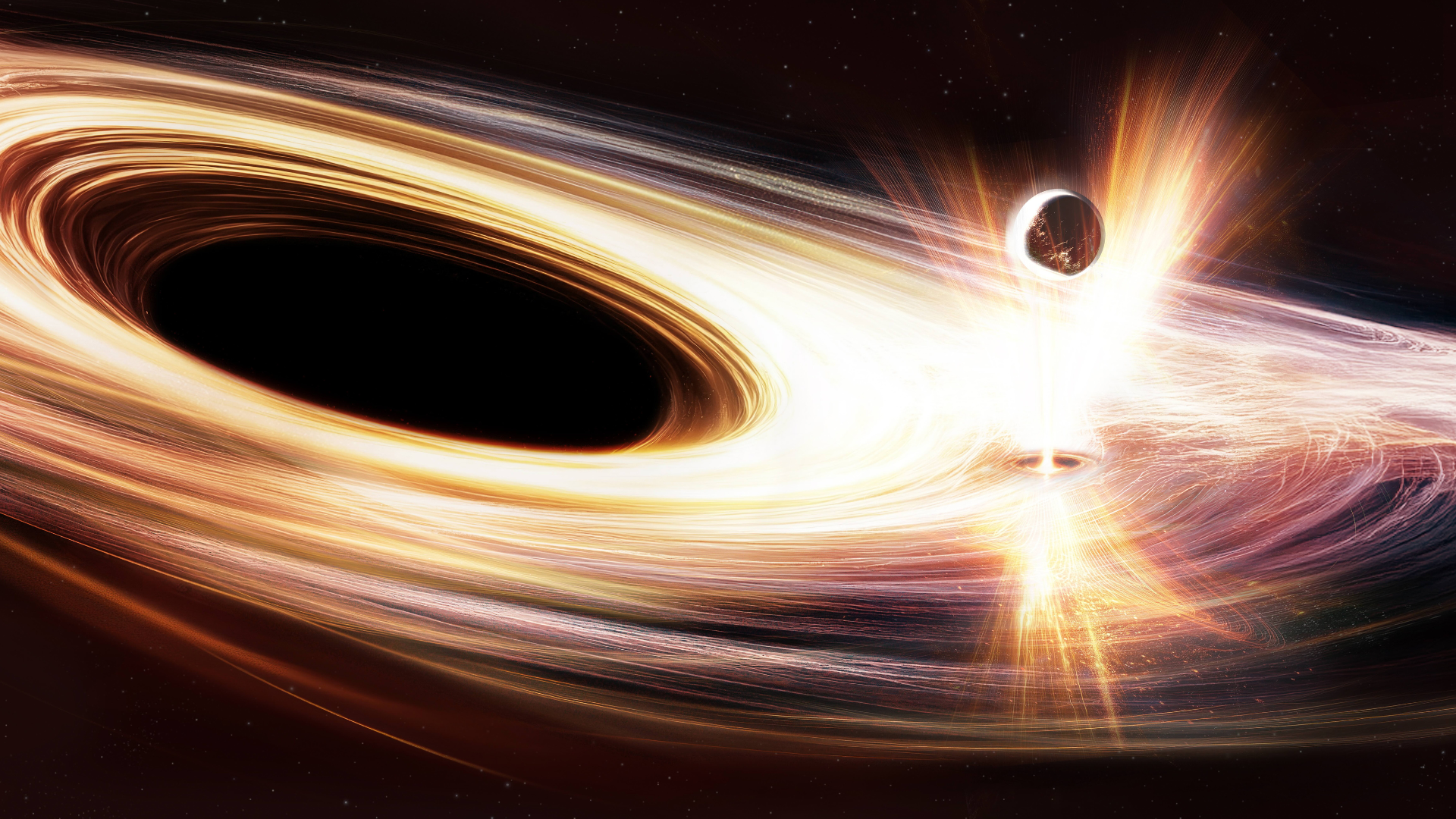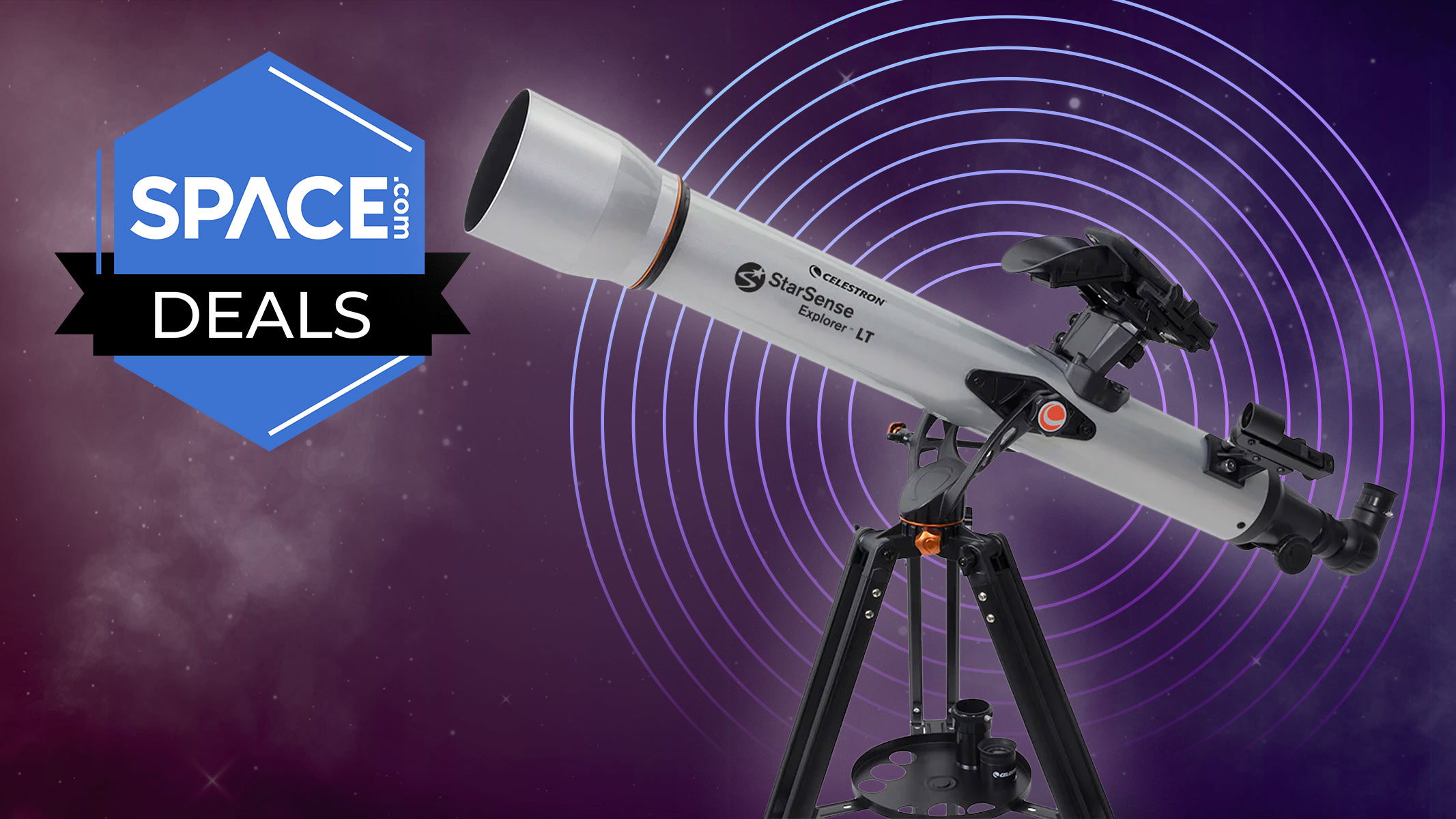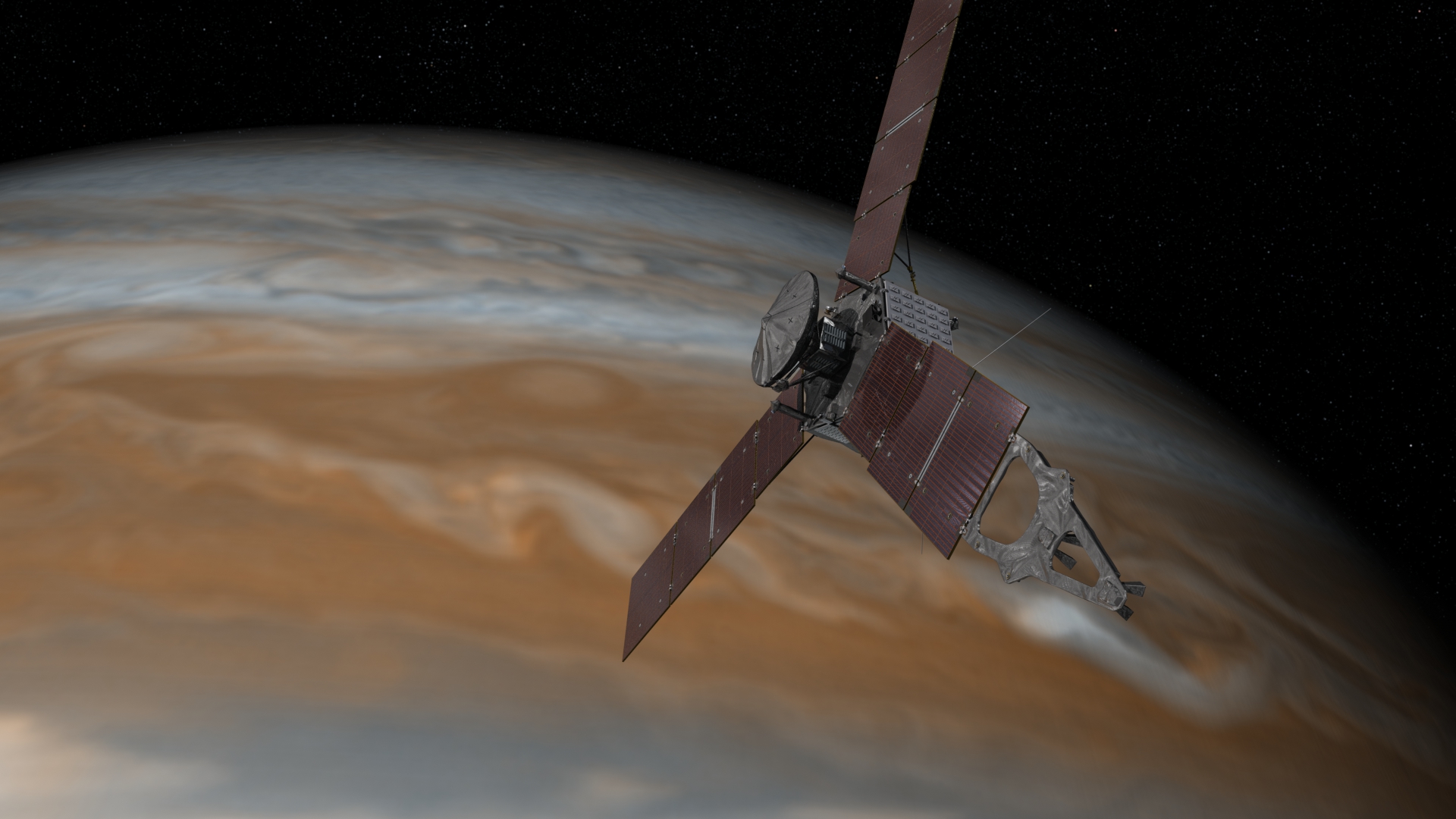SpaceX launched another batch of its Starlink internet satellites from California's central coast today (Jan. 21).
A Falcon 9 rocket carrying 27 Starlink craft lifted off from Vandenberg Space Force Base today at 10:45 a.m. EST (1545 GMT; 7:45 a.m. local time).
The Falcon 9's first stage returned to Earth about eight minutes after liftoff as planned, touching down in the Pacific Ocean on the SpaceX drone ship "Of Course I Still Love You."
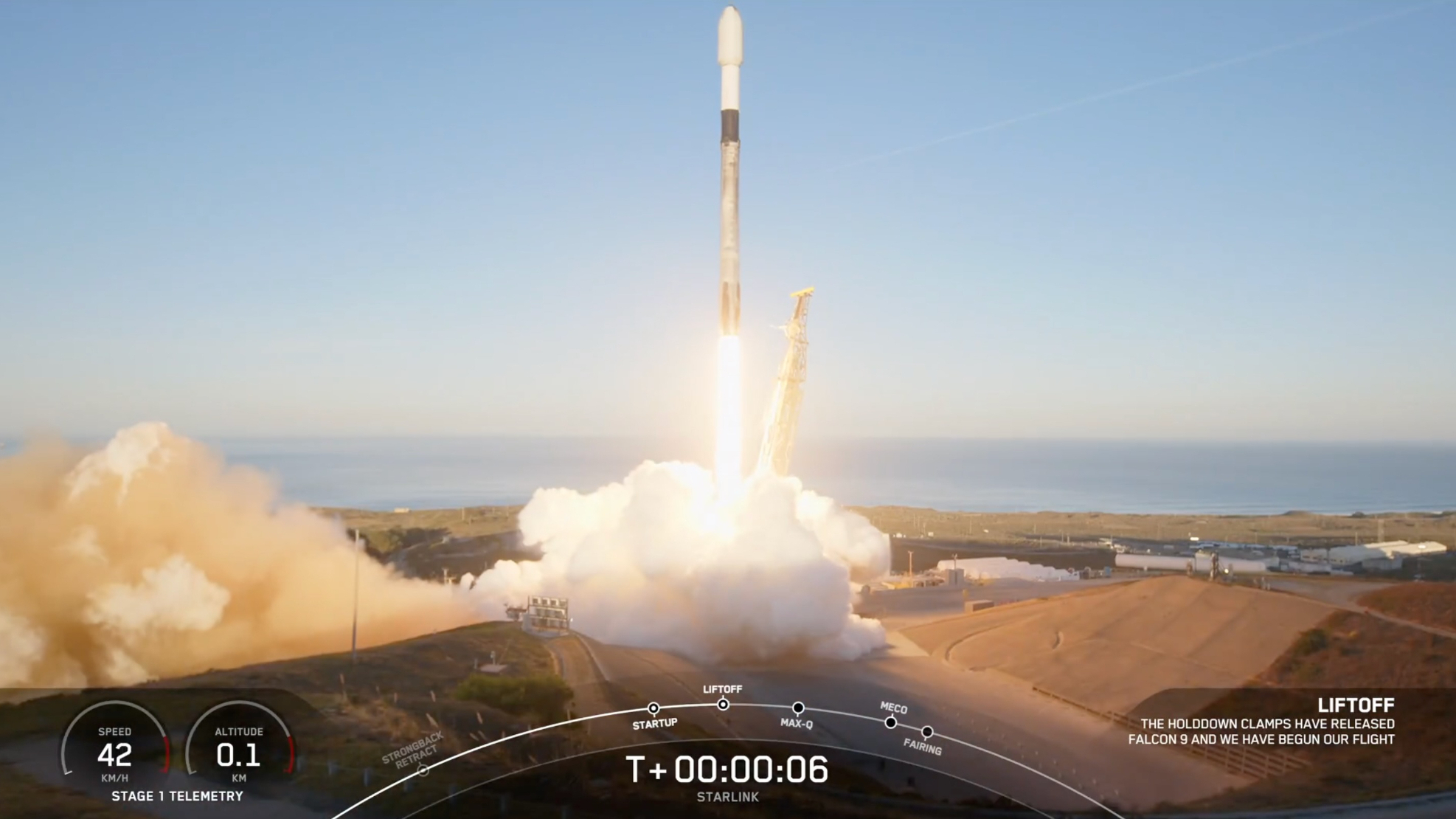
It was the 10th launch and landing for this particular booster, according to a SpaceX mission description. Eight of those flights were Starlink missions.
The Falcon 9's upper stage, meanwhile, continued hauling the 27 Starlink satellites to low Earth orbit. They were deployed there 61.5 minutes after liftoff as planned, SpaceX announced via X.
Related: Starlink satellite train: how to see and track it in the night sky
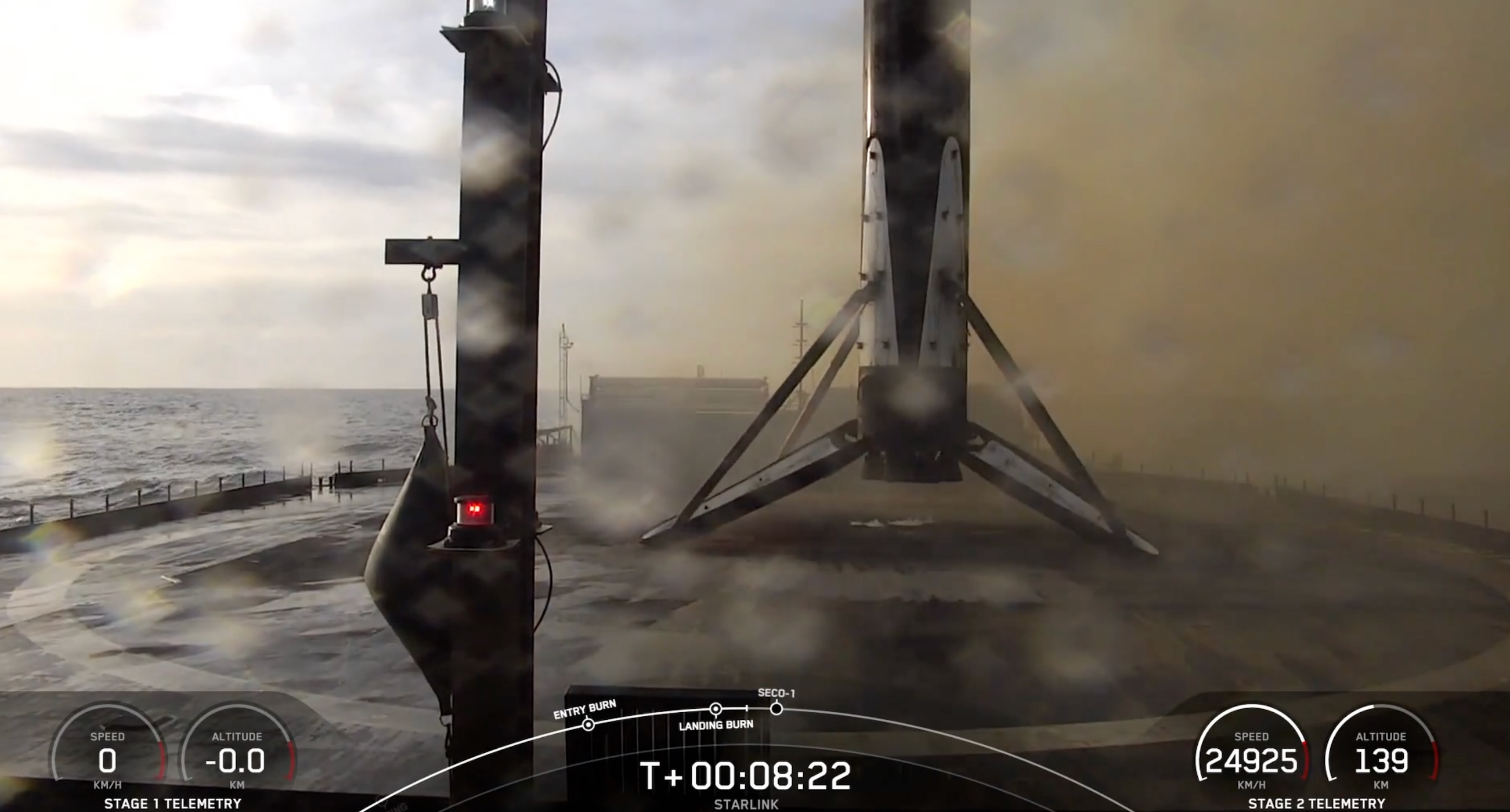
Today's launch was the 10th Falcon 9 mission of 2025. In 2024, SpaceX launched more than 130 flights with the workhorse rocket, about two-thirds of them Starlink missions.
Get the Space.com Newsletter
Breaking space news, the latest updates on rocket launches, skywatching events and more!
Editor's note: This story was updated at 12:15 p.m. ET on Jan. 18 with the new launch date of Jan. 19, then again at 11:15 a.m. ET on Jan. 19 with the new Jan. 20 target date, then again at 5:50 p.m. ET on Jan. 20 with the new Jan. 21 target date. It was updated again at 12:50 p.m. on Jan. 21 with news of successful launch, rocket landing and satellite deploy.
Join our Space Forums to keep talking space on the latest missions, night sky and more! And if you have a news tip, correction or comment, let us know at: community@space.com.

Michael Wall is a Senior Space Writer with Space.com and joined the team in 2010. He primarily covers exoplanets, spaceflight and military space, but has been known to dabble in the space art beat. His book about the search for alien life, "Out There," was published on Nov. 13, 2018. Before becoming a science writer, Michael worked as a herpetologist and wildlife biologist. He has a Ph.D. in evolutionary biology from the University of Sydney, Australia, a bachelor's degree from the University of Arizona, and a graduate certificate in science writing from the University of California, Santa Cruz. To find out what his latest project is, you can follow Michael on Twitter.
